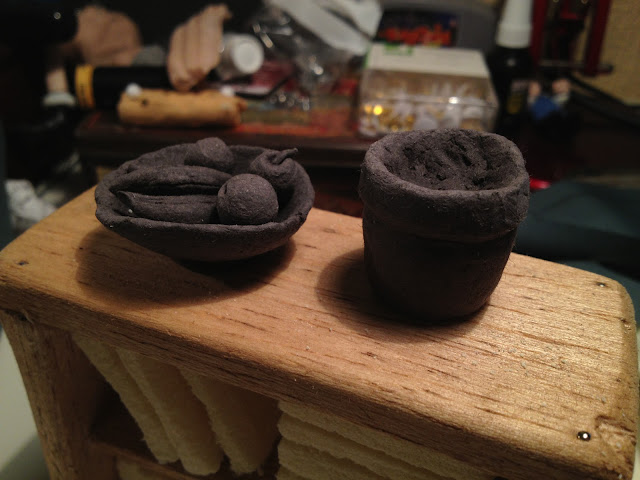Once the armatures had been removed from the sculpey clay (see last post
here) It was time to cast them in latex. Once again, like the feet, the colour has to be mixed lighter than the final product. Hands are a lot more complicated than feet as they are a two part mould.
The latex needs to be applied in layers to both halves of the mould. Then once enough layers (in this cast 3) have been applied, a lot more latex is added, along with a rim around both edges (this creates a split line) and the two pieces are pressed together and left over night to dry.
Once dry, the two pieces are pried apart to reveal... HANDS! or atleast something that resemble hands. They are now carefully removed from the cast.
You might not be able to tell from the photo, but these hands didn't work. The colour is slightly off, and they are far too empty. I didn't take into account how fat i'd made my hands when casting.
Nevertheless, Taking a pair of nail scissors, i trimmed the edges of the hands just as practice.
I then had to remove the armature from the latex hands, leaving me with tiny little gloves.
On the next attempt, I have potentially gone too far the other way. I padded out the armatures with heat shrink tubing and this mystery tape we have in the studio which sticks to itself. The seam line will probably be far too thick on these, or there will be too much latex and it will not properly seal. But I wont know now until tomorrow Planning on leaving it extra time to ensure it is properly set.
FINGERS CROSSED!





















































